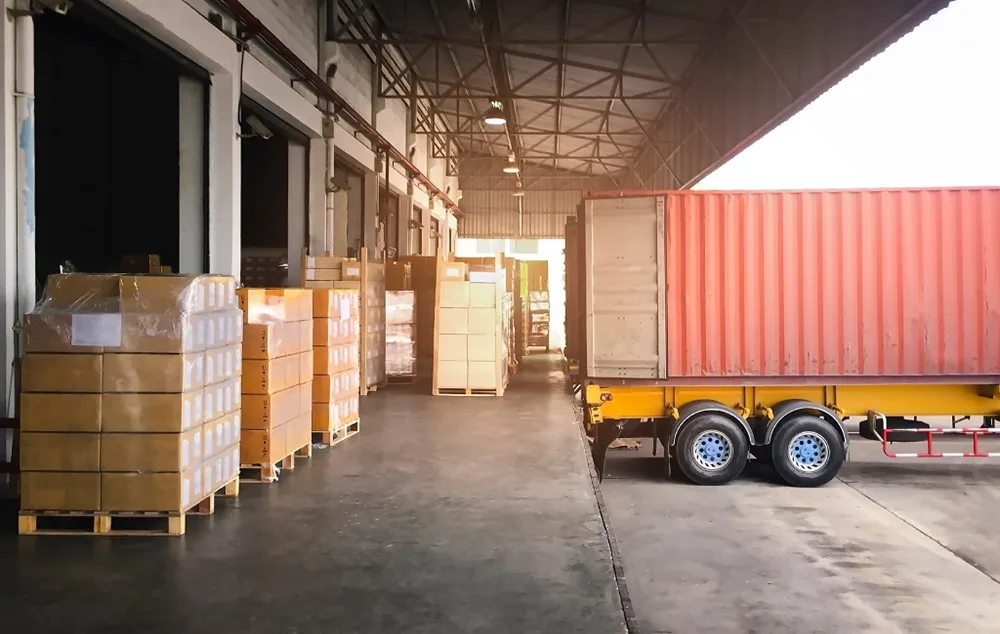House of Dispatch news
Blog
What is Freight Class in Trucking?

Freight class plays a critical role in the world of Less-than-Truckload (LTL) shipping. Accurate classification not only impacts shipping costs but also ensures compliance, optimizes logistics, and prevents disputes. In this comprehensive guide, we provide a deep dive into freight classification, its criteria, and how businesses can effectively manage it to streamline their operations.
Understanding Freight Class: Definition and Importance
Freight class is a standardized classification system developed by the National Motor Freight Traffic Association (NMFTA) to categorize commodities based on transportability. This system, known as the National Motor Freight Classification (NMFC), assigns one of 18 classes, ranging from Class 50 to Class 500, to each type of freight.
The class directly impacts the cost of LTL shipping. Lower classes represent denser, more compact, and less fragile items—cheaper to ship. Higher classes indicate bulky, lighter, or more delicate goods—costlier to transport due to increased liability and inefficient use of space.
1. Density
The weight-to-volume ratio is the foundation of NMFC classification. Denser items occupy less space and are less prone to damage, resulting in lower freight classes.
Formula to Calculate Density:
2. Stowability
This refers to how well the freight fits with other shipments. Irregular shapes, hazardous materials, or items requiring special handling reduce stowability and increase the class.
3. Handling
Freight that can be easily loaded/unloaded with standard equipment ranks lower. Items needing extra care or customized handling are assigned higher classes.
4. Liability
Fragile, perishable, or theft-prone items increase the carrier’s risk and elevate the freight class. Goods with high replacement value or sensitivity are typically in higher classes.
How to Classify Freight Correctly
Accurate classification prevents re-classification charges, delivery delays, and billing disputes. Follow these steps to ensure proper categorization:
Measure Dimensions and Weight
Use exact weight (including pallets/packaging)
Record dimensions in inches and convert to cubic feet
Check NMFC Database
Use the NMFTA’s online NMFC tool (subscription required)
Look up the NMFC number that best describes your commodity
Evaluate Special Conditions
Consider if your goods are hazardous, fragile, or oversized
Add accessorials if needed (liftgate, inside delivery, etc.)

Common Examples of Freight Class by Commodity
| Commodity | Estimated Class | Notes |
|---|---|---|
| Hardwood flooring | 60 | Dense and well-packaged |
| Refrigerators | 92.5–125 | Requires handling and fragile |
| Plastic containers | 150 | Lightweight, bulky |
| Steel tubing | 50–55 | Extremely dense, low liability |
| Clothing on hangers | 175–250 | Voluminous and irregular shape |
Freight Class and Shipping Costs
Shipping costs are directly proportional to the freight class:
Lower class (50–70) = Lower cost per hundredweight (CWT)
Higher class (150–500) = Significantly higher rates
Many carriers use freight class to quote base rates, which are then adjusted with accessorial charges, fuel surcharges, and discounts. Misclassifying can lead to chargebacks or rebilling.
Diagram: Freight Class Decision Tree
Tools to Determine Freight Class
NMFTA NMFC Lookup Tool
Freight Class Calculators (offered by major carriers like FedEx Freight, UPS, and TForce)
3PL Platforms (e.g., Freightquote, C.H. Robinson) for automated quoting and class detection
Certified Freight Specialists for verification of NMFC numbers
How to Avoid Freight Class Mistakes
Don’t guess—always use precise measurements.
Consult NMFC codes, especially for multi-material or hybrid products.
Review bill of lading (BOL) carefully before shipping.
Partner with knowledgeable carriers or 3PLs who can assist in classification.
Request freight audits if you frequently face re-classification fees.
Conclusion
Freight class is more than a number—it’s a fundamental component of LTL shipping economics and compliance. Proper classification ensures fairness in pricing, improves logistics planning, and minimizes costly disputes. By understanding the NMFC system, calculating density accurately, and consulting the right tools, both shippers and carriers can operate efficiently and cost-effectively.
